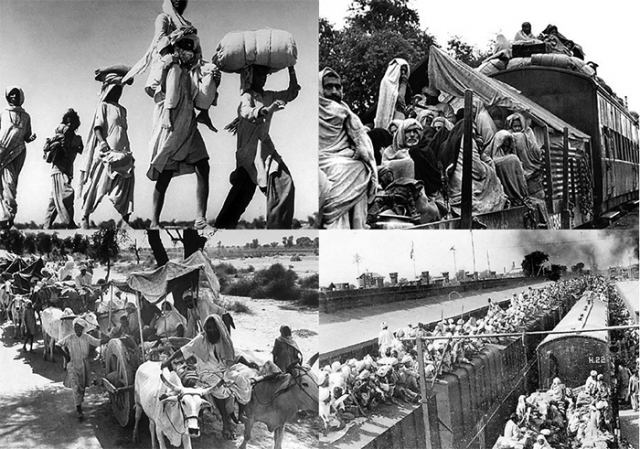How is the source base of the twentieth century different from that of earlier periods?

Historians often debate when, exactly, the twentieth century began; that is, when the themes and trends that we have come to understand as defining this tumultuous, rapidly changing period first started, and when they ended. One place we can look to answer this question is the available primary resources that help us to understand this era. Because of enormous technological, social, cultural and political changes that began to develop in the late nineteenth century, the twentieth century is in some ways defined by the new kinds of sources that it left behind. Historians of the twentieth century are blessed with an enormous source base that is distinct in many ways from earlier periods. This source base, in turn, determines how we, as historians, explain the era. We can know more about what individual people, groups, and whole populations thought, felt, did, and experienced in the twentieth century than at any other time in history. But this abundance comes with significant new challenges as well...
This article is extracted from Exploring and Teaching Twentieth Century History.

